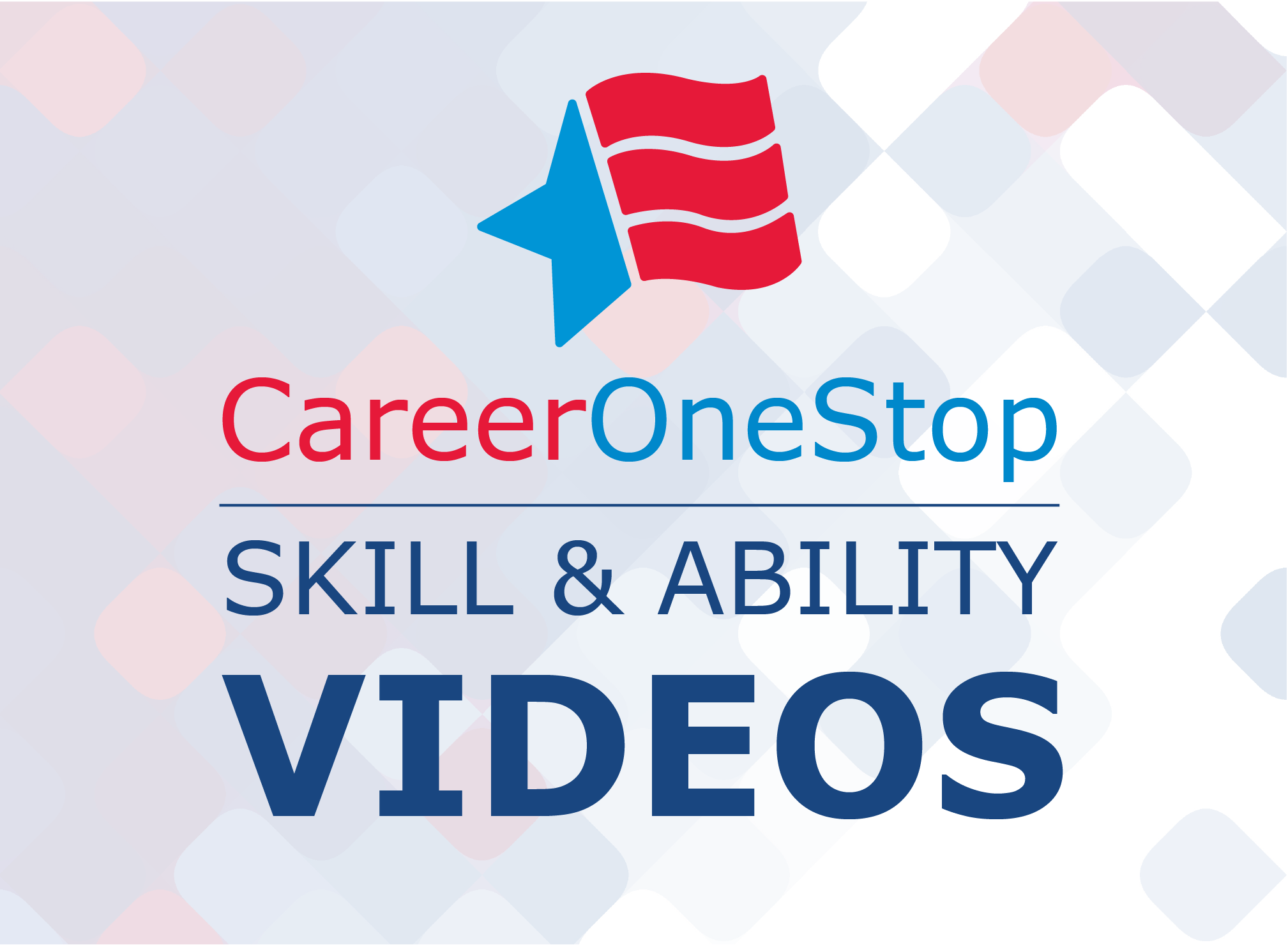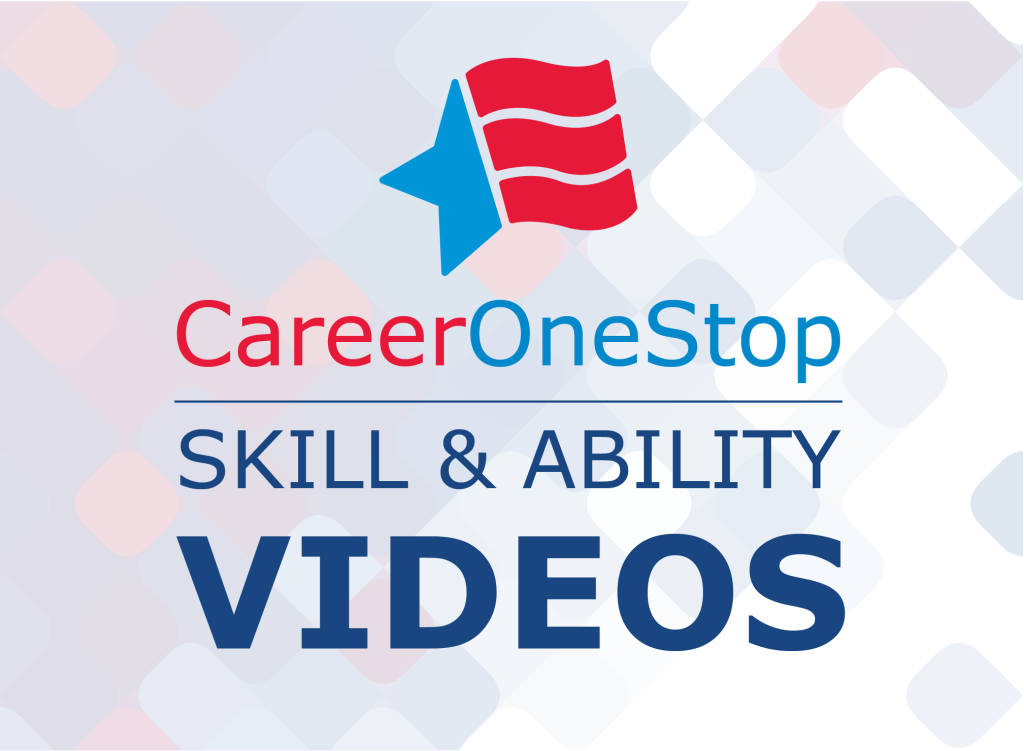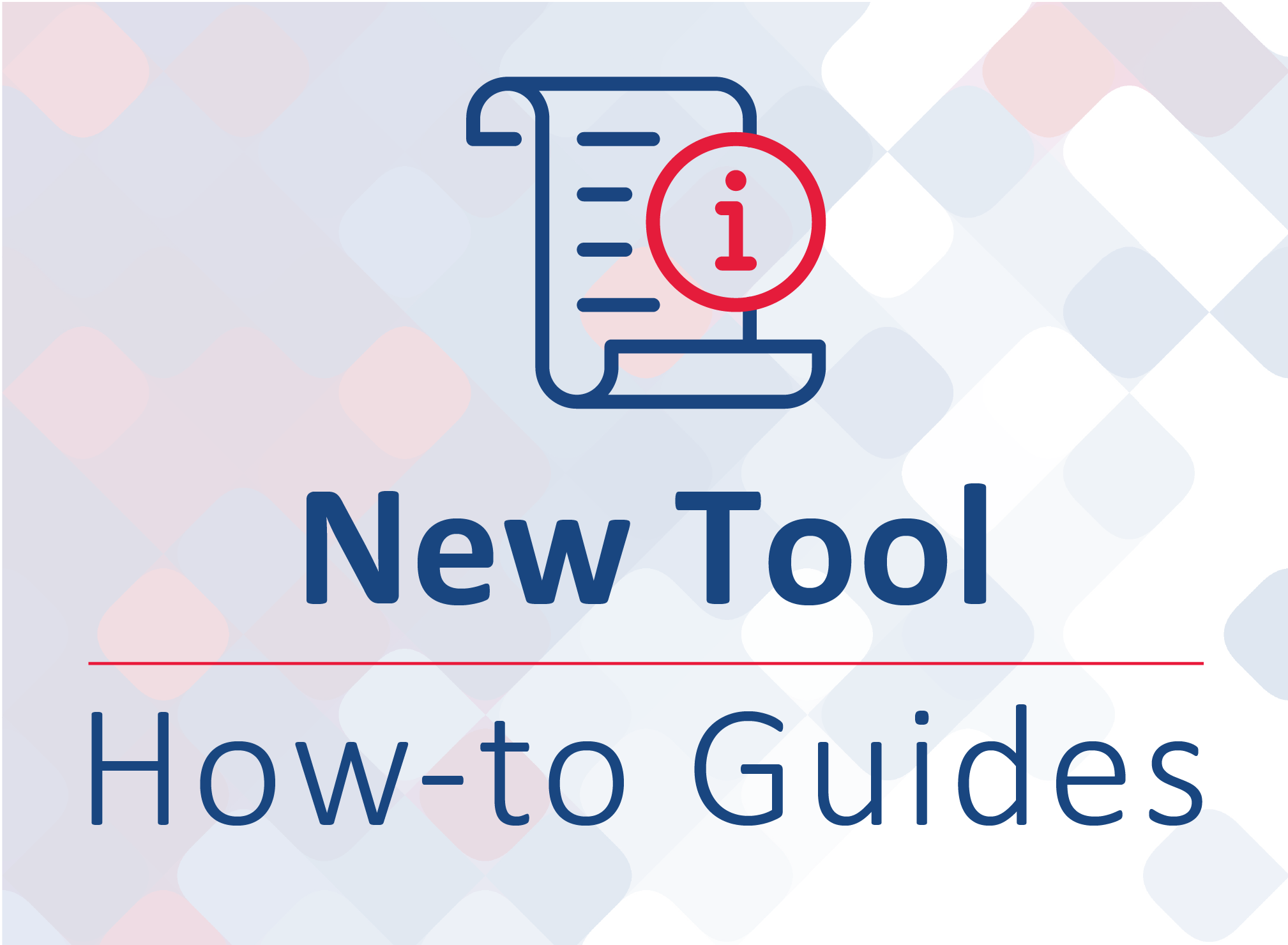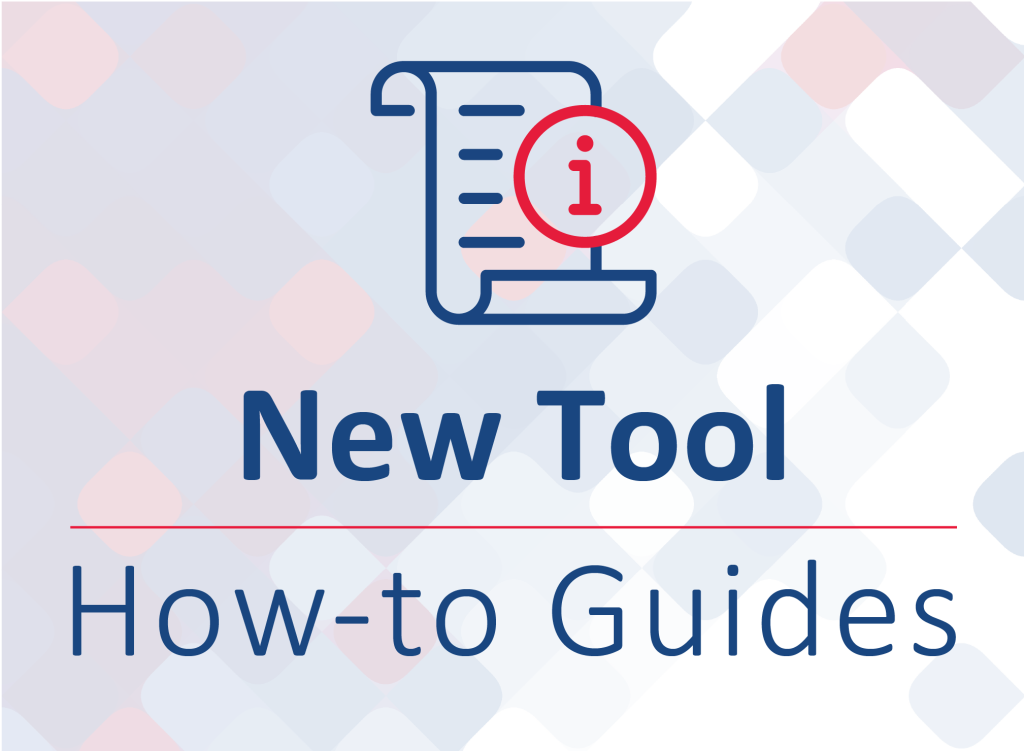

Searching for college scholarship opportunities can feel overwhelming. There are thousands of scholarships out there; how can you narrow down the list of options to a reasonable number and actually figure out how to apply?
The Scholarship Finder on CareerOneStop makes it a much easier process, and because it’s sponsored by the U.S. Department of Labor, the list of scholarships is authenticated, which means there are no ads or scams.
Meet the Scholarship Finder
The Scholarship Finder helps you find scholarships and other financial assistance for education. It includes more than 8,000 listings for scholarships, fellowships, grants, loans, prizes, and public grants. For each award, you’ll see information including:
- The name of the award
- The organization, company, school, or government agency that offers it
- A brief summary of the award’s purpose
- The level of study that the award can help pay for
- The type (scholarship, grant, loan, or prize)
- The award amount
- The deadline month to apply
How to get started searching for scholarships
You can get started in any of these ways:
- Browse. You will start with the full list of all awards in CareerOneStop’s collection, in order of application deadline, so you’ll see the closest deadlines first.
- Keyword search. Enter a keyword such as “technical,” “math,” “healthcare,” “liberal arts” or a name to narrow your list of results. Try different ways to describe your keyword, like “veterinarian” and “animal science”. You can also search by the name of a business you or your family have worked for.
- Set filters. Use the filters to really focus your list. You can apply more than one; filters include location you live in, location of your college, level of study/degree you plan to pursue, affiliation or personal background, and more.
- Print or send. Use the icons at the top of the page to email or print results.
Expert tips for scholarship searches
- An important first step is to create a unique email address that is professional and only for scholarships. This will help you track offers and newsletters from scholarship sources.
- Prize scholarships generally have lower application requirements than other types.
- When using a keyword search be sure to apply the deadline sorting order, this will eliminate scholarships that have expired this year.
- Most scholarships operate on a yearly cycle, so if you missed this year then you should make note of it for the next year.
- If you are still in high school, try looking through the scholarships with the high school filter.
Are there other scholarships available?
While CareerOneStop tries to collect information about as many awards as possible, there are many more scholarships or grant opportunities that you may be eligible for. Here are some tips to find more:
- Contact a school or college you want to attend and ask if they have scholarship or grant options.
- Community-based businesses and non-profit organizations also offer scholarships and scholarship information; try searching for scholarships at local businesses, places of worship, banks, etc.
- If you’re in school now, ask a counselor about scholarships – especially ones that are for graduates of your school, or other local awards they know about.
- Legitimate scholarship sources do not require applicants to pay for information about scholarships, so avoid any sources that ask for fees for information.
- For more information on paying for school visit Pay for school.
Search for scholarships on the Scholarship Finder now.











